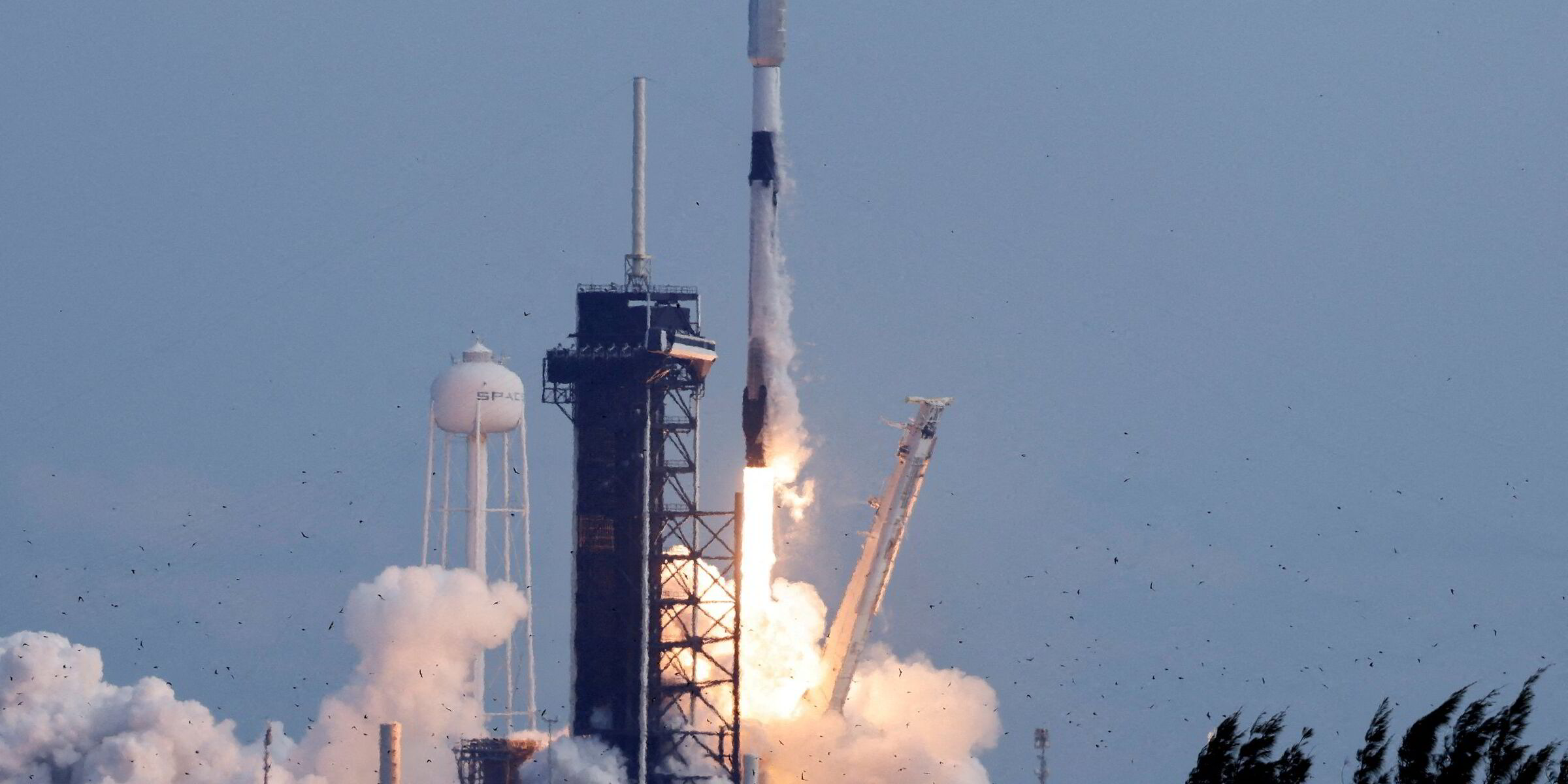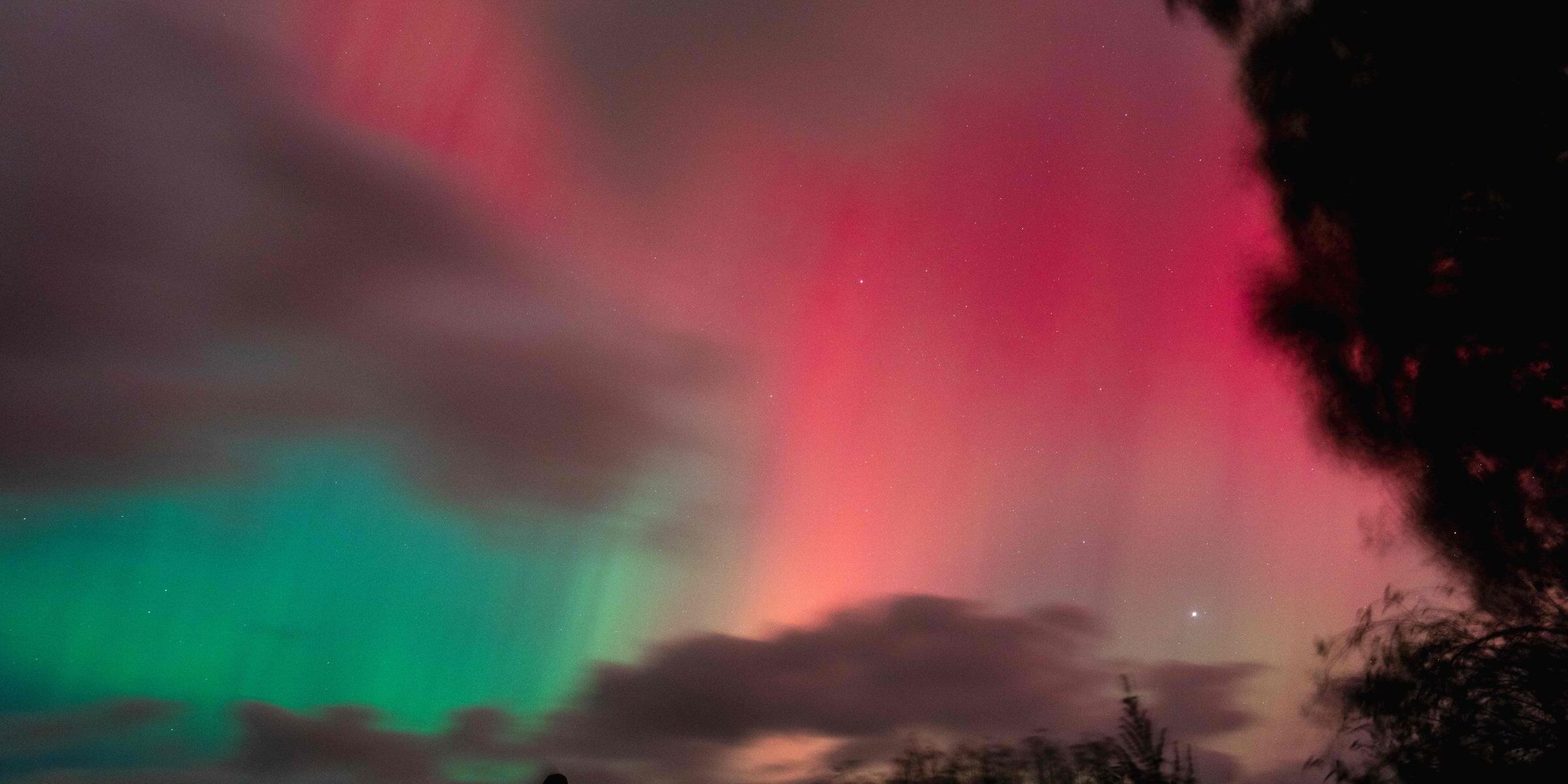A rare, violent solar storm could knock out vulnerable satellite systems and leave ships stranded without navigation, according to catastrophe planners.
Extreme space weather is the phenomenon behind the aurora borealis, or Northern Lights, but the most powerful storms have the “potential to paralyse critical infrastructure systems worldwide”, according to research by Lloyd’s Futureset and Cambridge Centre for Risk Studies.
Solar storms are caused by powerful explosions on the sun’s surface that spew intense bursts of radiation that could affect key infrastructure if they collide with the Earth’s magnetic field.
A minor geomagnetic storm in 2022 was blamed for the loss of 40 Starlink satellites after the resulting denser atmosphere affected their trajectory a day after they were launched, says the report.
“It’s clear that even the most technologically advanced companies can still be at the mercy of space weather,” it said.
The insurance marketplace, Lloyd’s of London, launched the Futureset project in 2021 to examine global resilience to the most complex risks.
The researchers drew up a hypothetical scenario in which a large, rare solar storm collided with the Earth’s magnetic field.
The effect of the impact could be to stop signals from global navigation satellite systems (GNSS) from reaching the ground, they said.
“With key satellite constellations failing and GNSS interrupted, global aviation and shipping grind to a halt,” said the planners.
The disruption could be costly, especially for food and pharmaceuticals, in the time it took for systems to be restored. It said marine cargo insurance could limit losses for the industry.
Major solar storms hitting the Earth are rare but not unknown.
The largest recorded solar storm was in 1859 and is known as the Carrington Event after the astronomer who spotted the activity.

It led to fires starting at telegraph stations in North America and Europe.
No solar “superstorm” has hit the Earth during the modern space era, said the UK’s Royal Academy of Engineering in a 2013 paper.
A massive solar storm that narrowly missed the Earth in 2012 is thought to be the most powerful since then, with bursts of radiation and energy, known as coronal mass ejections, travelling at 1,800 miles (2,900 km) per second.
An academic, quoted by the Futureset paper, said “we would still be picking up the pieces” if the solar storm had hit.
Most solar superstorms miss the Earth and travel harmlessly into space, according to the Royal Academy of Engineering paper.
Based on general consensus, it said the chance of a solar superstorm hitting the Earth was a matter of when not if.
A Carrington-level event would likely hit within 250 years with a 95% probability, or within 50 years with a confidence of less than 50%, it said — but added the figures had to be treated with caution.(Copyright)
Read more
- Majority of Baltic Sea jamming comes from ships, study says
- Dark fleet-linked AIS spoofing spurs push for more reliable ship-tracking tech
- Spire Global sues Kpler for $241m to complete purchase of vessel-tracking division
- SpaceX launch gives Norway a new tool to track shipping in the Arctic
- Russian satellite jamming throwing ships off course in Baltic Sea




